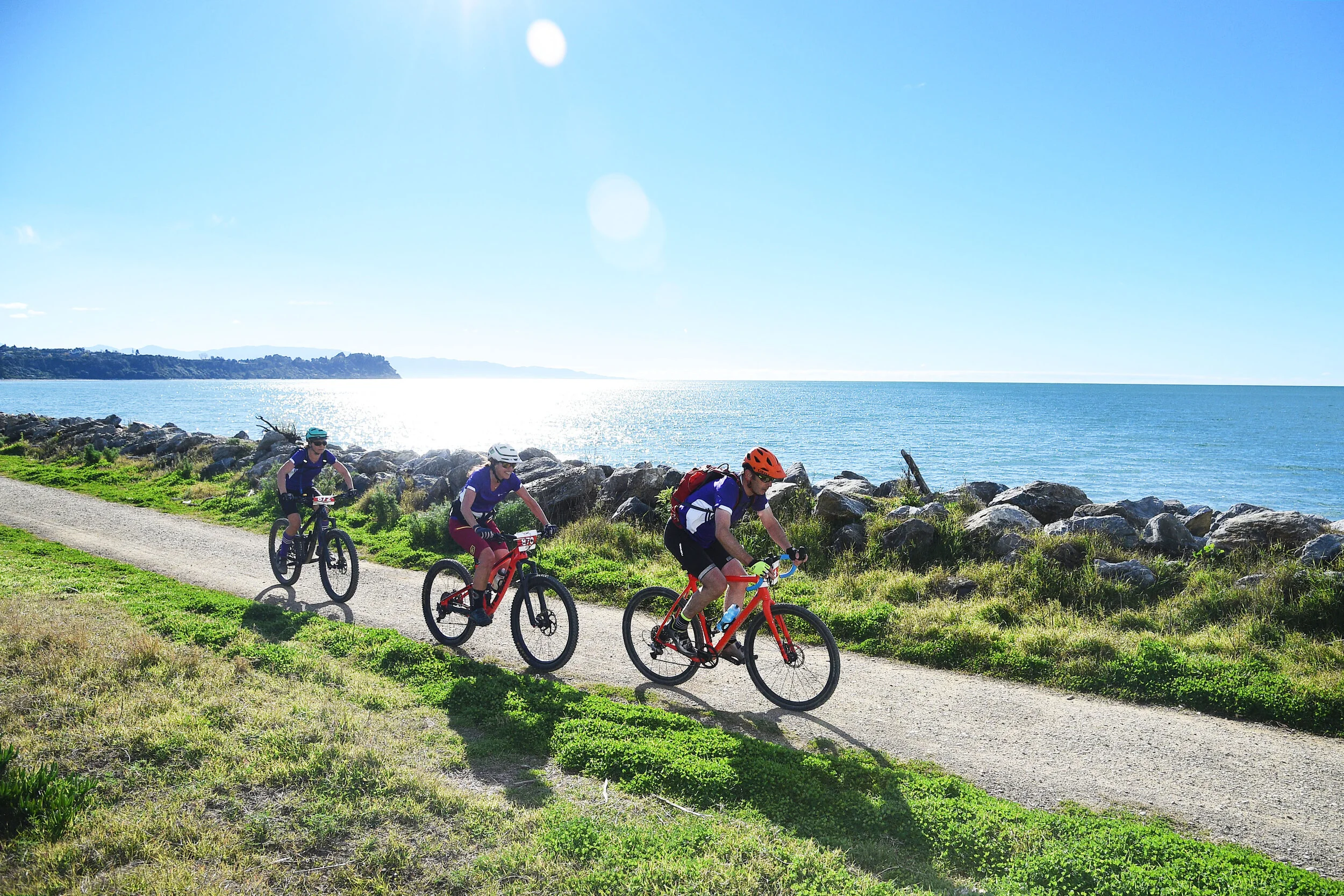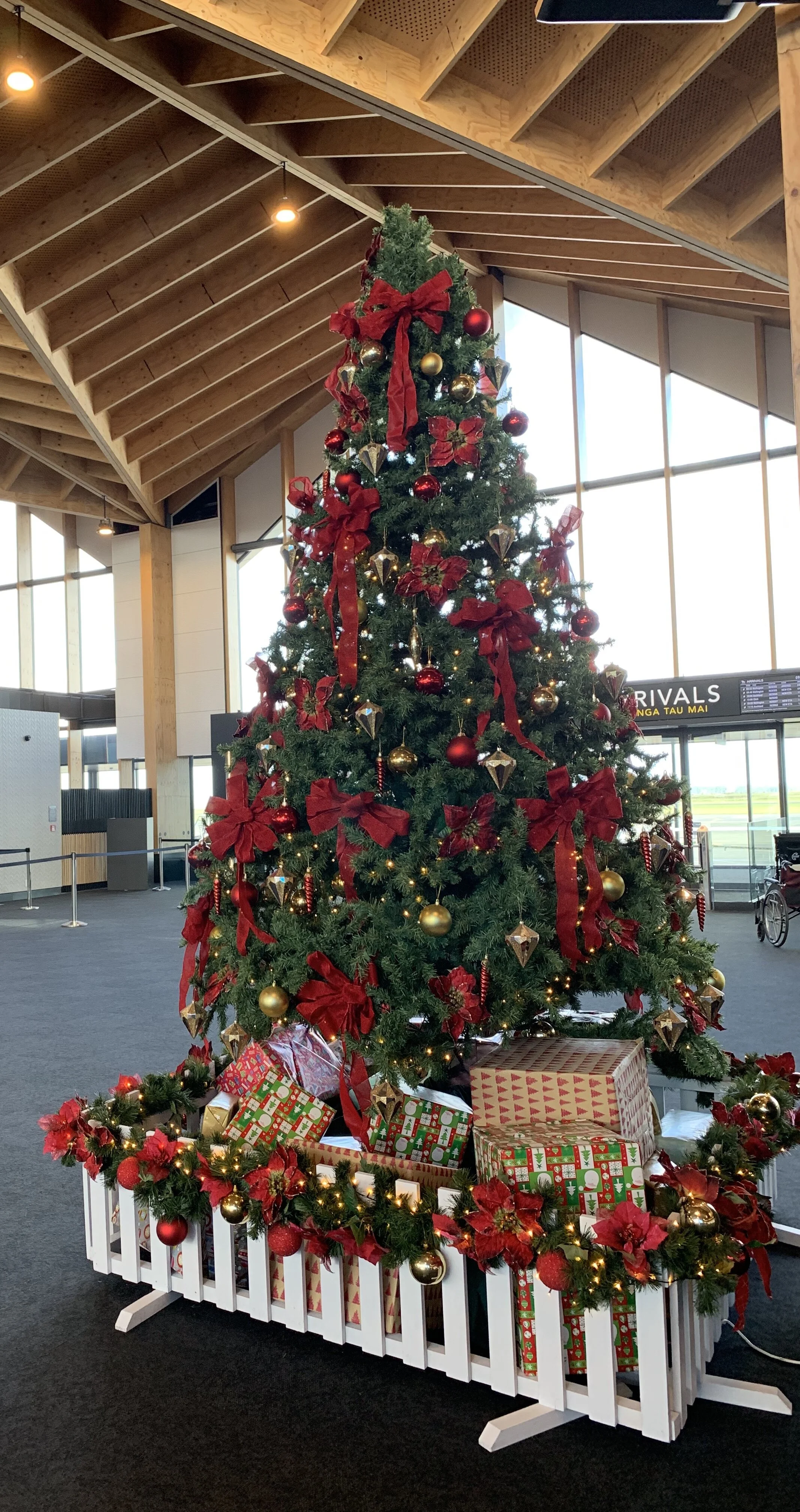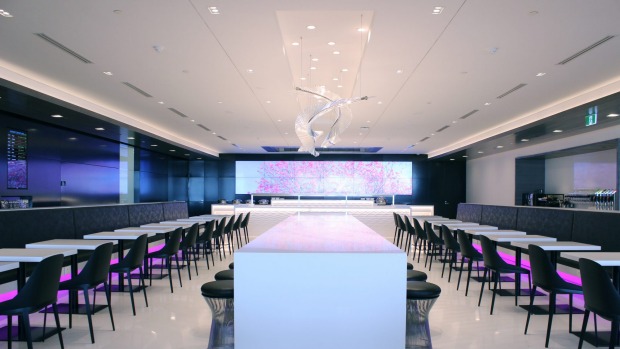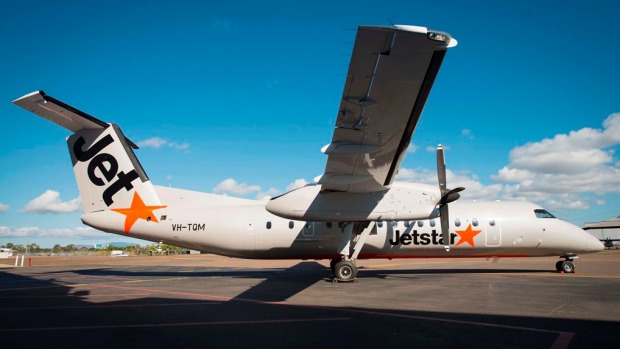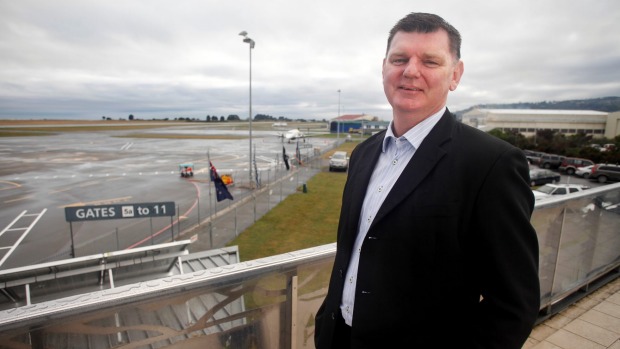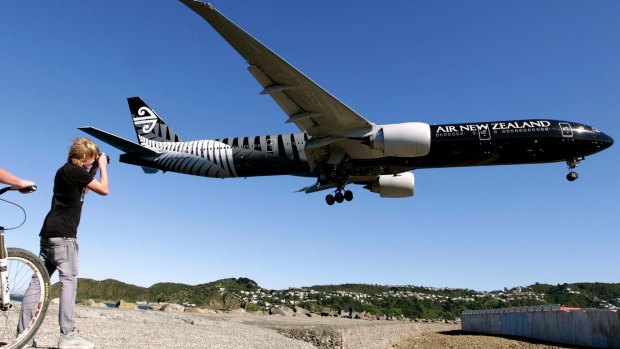 Air New Zealand will unveil 14 new domestic Koru lounges and six new international lounges as part of a $100 million spend-up over the next four years.
Since December the airline has opened new regional and international lounges at Auckland International Airport as well as a new international lounge at Sydney Airport.
Air New Zealand will unveil 14 new domestic Koru lounges and six new international lounges as part of a $100 million spend-up over the next four years.
Since December the airline has opened new regional and international lounges at Auckland International Airport as well as a new international lounge at Sydney Airport.
A new international lounge is also under construction at Brisbane Airport and designs for new regional lounges are being developed for Palmerston North, Hamilton, Invercargill and Wellington.
The Wellington regional lounge is aimed at passengers travelling to regional destinations, but any passenger entitled to lounge access will be able to use the lounge when travelling domestically.
Air New Zealand lounges at Queenstown and Fiji's Nadi International Airport are also scheduled to be upgraded in 2016.
Air New Zealand spokeswoman Kelly Kilgour said over the course of 2017 and 2018 a further nine domestic and four international airports would be upgraded.
At the opening of the airline's sleek new Auckland international lounge last month, Air New Zealand chief executive Christopher Luxon said the timing of lounge upgrades was largely dependent on where airports were at with their expansion plans.
"You have to get the airport company to have the right building and the right construction in place to support a new lounge," Luxon said.
"Some of the airports in the regions are in expansion at the moment and we're just trying to make sure we align with their expansion plans."
Air New Zealand lounges were open to Koru members and business class passengers as well as Gold and Elite Airpoints members.
Tourism Industry Association chief executive Chris Roberts said Air New Zealand was responding to visitor expectations.
"We know that in general travellers have rising expectations of the level of service that's going to be provided to them."
"Travellers are getting more sophisticated and their expectations are growing all the time."
Air New Zealand had a popular and growing Koru membership, Roberts said.
The airline would not disclose how many customers had access to lounges or how many Koru members it had.
In June Invercargill Airport opened the first stage of its new $13m terminal building, which featured a temporary Koru lounge while stage two of the development was being completed.
Invercargill Airport general manager Chloe Surridge said the new lounge would be 120 square metres - about 50 per cent bigger than the original lounge.
The lounge would be a vast improvement on the previous facility, she said.
"We've got a lot of business travellers coming in and out of the airport so it's important that we've got a place where people can spend a couple of hours if they need to work."
Most regional airports were built in the 1960s or earlier and were looking at upgrading their facilities, she said.
- Stuff
JOHN ANTHONY
Last updated 14:11, October 13 2015



